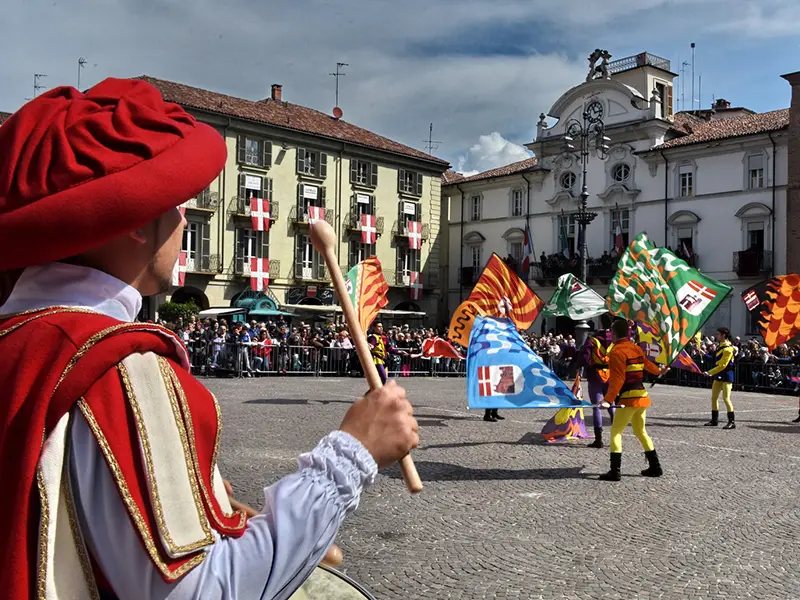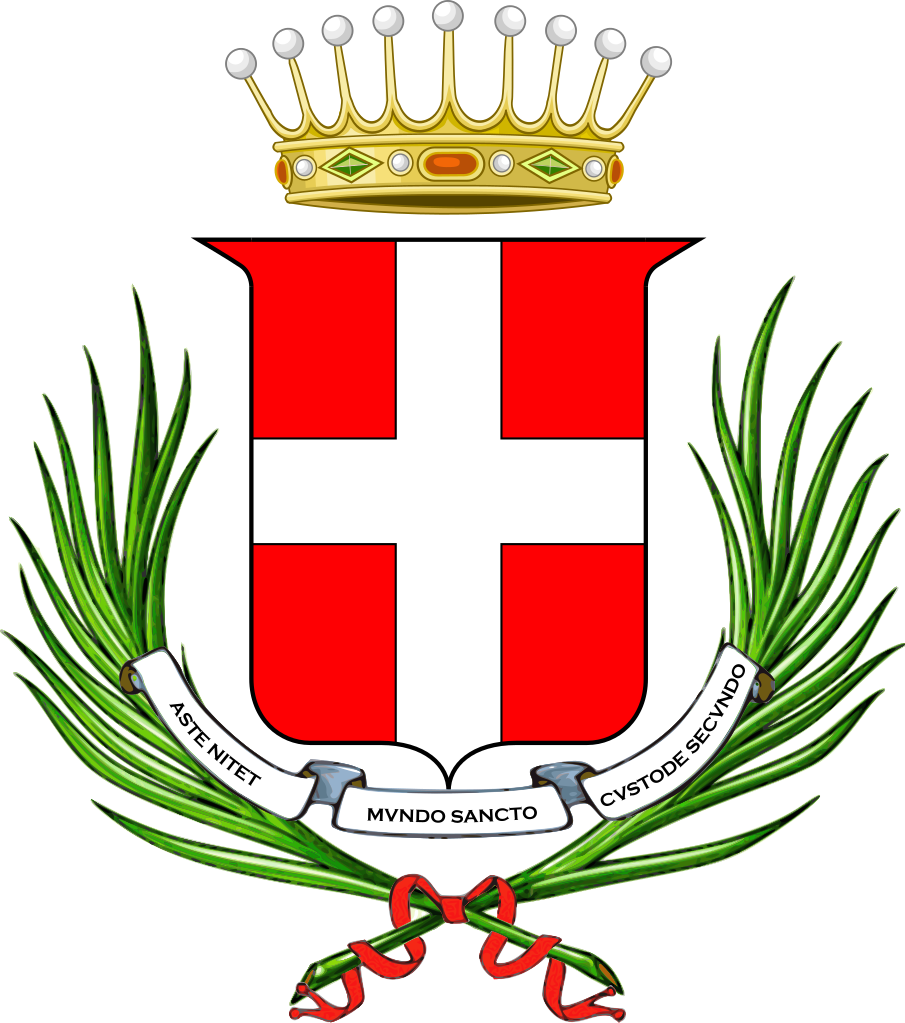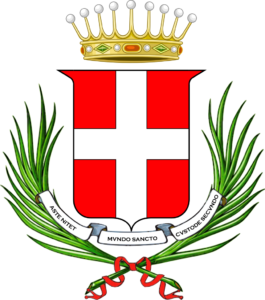WHEN: The first Tuesday of May, Feast of the Patron Saint Saint Secundus
WHERE: Historic center and Colleggiata di San Secondo (Collegiate Church of Saint Secundus)
TYPE OF EVENT: Folklore - culture
Saint Secundus - Between History and Legend
The news on the life of San Secondo is lost in legend.
According to popular tradition, he was a noble Roman knight who converted to Christianity and, for this reason, he was martyred on March 30, 119 AD.
Liturgical sources, on the other hand, attest to the existence of the saint in the Lombard period (6th century) and indicate him as one of the first bishops of the city.
Whatever his origins, Saint Secundus has been mentioned since ancient times as a "very strong athlete" and as a "soldier of Christ" (texts from the San Secondo office).
The cult of the Saint was however very much alive right from the start. Already on some coins of 1275, struck by the mint of Asti for special concession of Emperor Conrad II, there is the words "Aste nitet mundo Sancto Custode Secundo" - Asti shines in the world thanks to the patron saint Saint Secundus. This motto still accompanies the signs of the city today.
The offer of the Palio to the Collegiate Church
The offer of the Palio to the Collegiate Church of San Secondo by the Municipality is one of the most ancient ceremonies in Asthe history, and seems to date back to the second half of the thirteenth century.
On the day of the Patron Saint a sumptuous procession composed of groups in costume of the Rioni, Borghi and Comuni participating in the September race, moves from Palazzo Civico to the Collegiata. At the end of the ceremony, the Palio per la Collegiata is jealously guarded in the church, in the first chapel of the right aisle. The Palio for the Race is instead exposed to Palazzo Civico, as a promise to Asti to renew the following year this centuries-old tradition.
On the square, the Mayor and the Parish Priest of the Collegiate Church offer the traditional "Soup of the Poor". It is in fact resumed an ancient custom according to which, on the occasion of the day of the Patron Saint, even the less fortunate were allowed to enjoy a hot dish. It seems that this tradition of medieval origin was particularly in use in the seventeenth and eighteenth centuries.
Churches and Confraternities adopted this form of charity especially near religious celebrations, serving soups of vegetables or legumes.Today the "soup of the poor" consists of a dish of pasta and beans and a sweet biscuit called "caritin".









